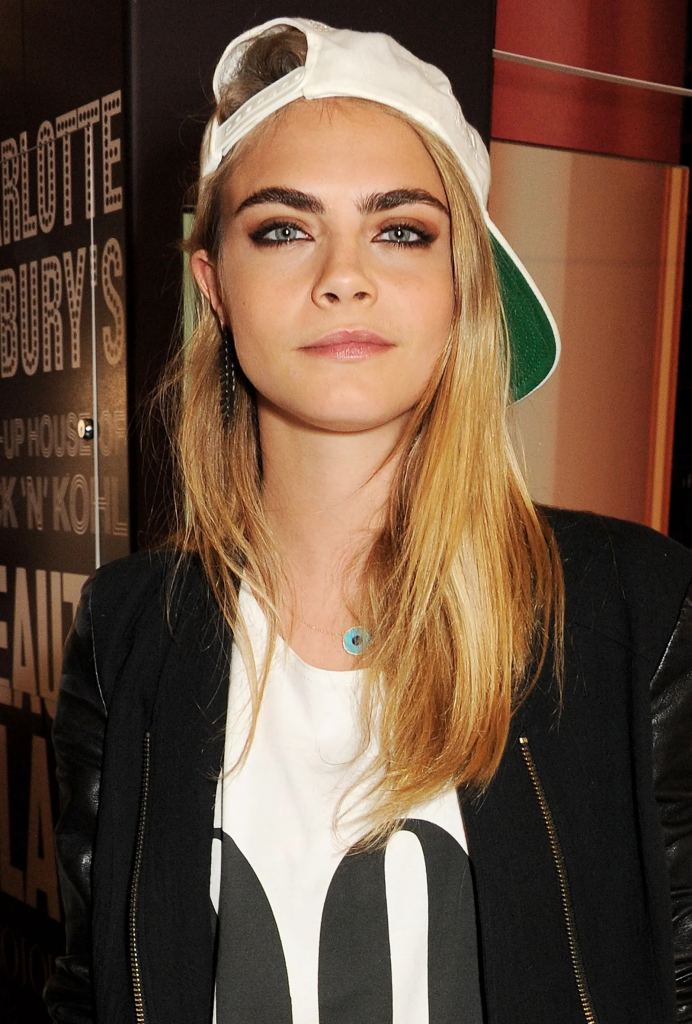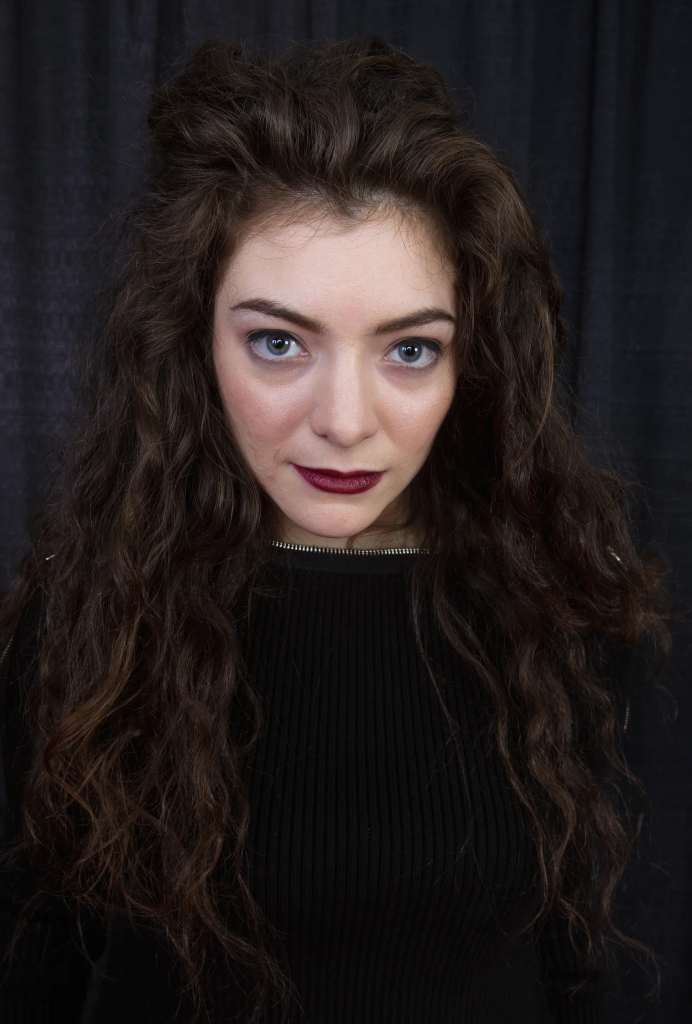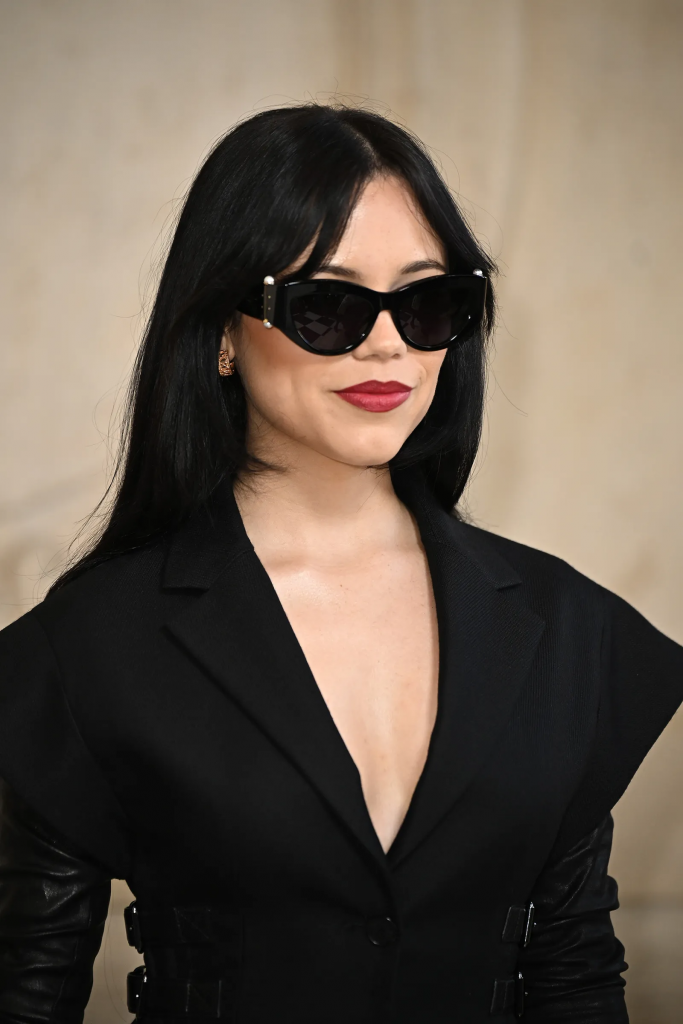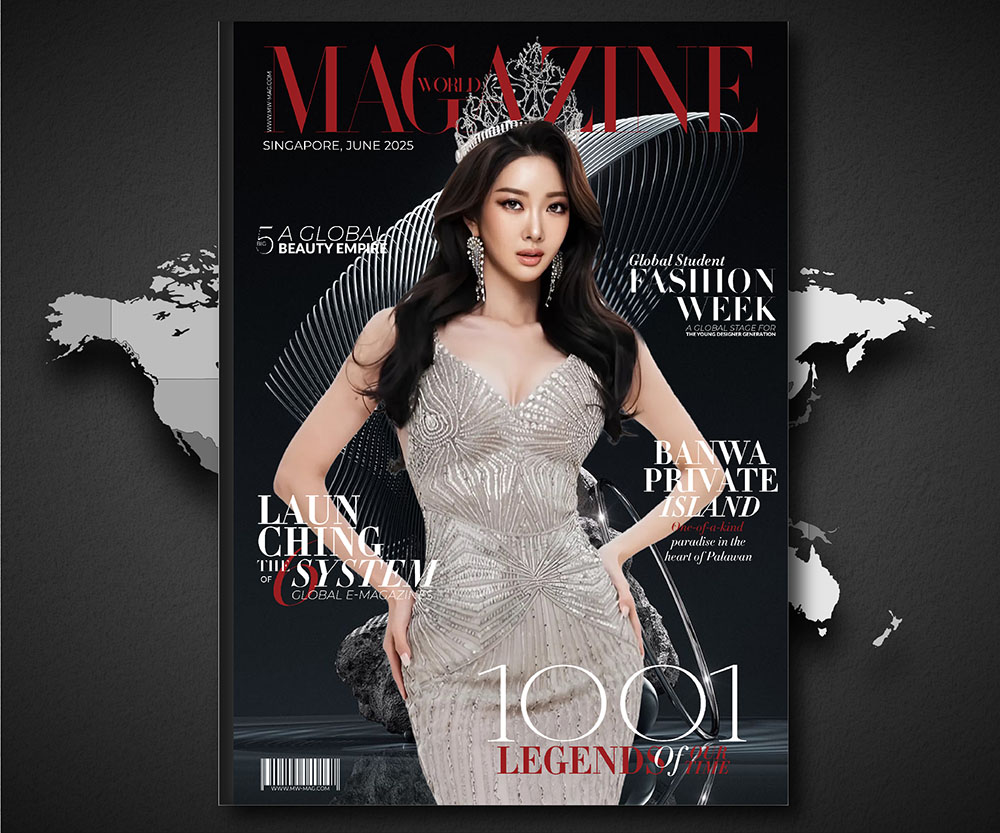There’s a saying in fashion and beauty: nothing is ever truly new. Instead, trends are recycled, repackaged, and rediscovered by younger generations. Nowhere is that more evident than in the current revival of 2010s Tumblr aesthetics—where glitter tears, star stickers, and clean-girl skin first found their voice. And while Gen Z may be credited with breathing new life into these looks, it was a certain generation of millennials—moody, poetic, and permanently online—who dreamt them up in the first place.
The eternal Tumblr moodboard
A few weeks ago, Lorde performed a surprise concert in Washington Square Park, and the internet lit up like it was 2013 all over again. For those of us who came of age with her debut album Pure Heroine, the scene—college students climbing lampposts, snapping photos on digital cameras, bathed in sunset and sentiment—felt like a page ripped straight out of a Tumblr dashboard.
The Tumblr of the early 2010s wasn’t just a website—it was a universe. Aesthetically obsessive and emotionally raw, it was home to millions of young people curating digital collages out of Lana Del Rey gifs, black-and-white poetry, and blurry selfies taken with MacBook webcams. It was a space where identity was fluid and beauty was deeply personal. While Tumblr may not have gotten the glossy headlines of Instagram or YouTube, its influence on how we see and perform beauty today is undeniable.

Smudged eyeliner, star stickers, and sad girls
From the smoky, slept-in eyeliner of Effy Stonem in Skins to the glitter-grunge chaos of early Lana Del Rey, Tumblr created a visual language of beauty that still resonates. In fact, many of Gen Z’s most beloved looks—glitter tears, matte plum lipstick, and side-parted hair—first gained traction in that chaotic, dreamy corner of the internet.
Charli XCX, now a chart-dominating pop star, was once part of that Tumblr ecosystem. Her signature smudged eyeliner and undone glam are now TikTok staples, celebrated by creators who may not even realize the lineage of the look. And it wasn’t just makeup—Tumblr set the tone for brows (thick, messy, Cara Delevingne-inspired), hair color (pastels and neons reigned supreme), and even skincare (bare-faced was the new bold).

Even accessories and tools had their moment. Remember the return of wired headphones? That’s not just an anti-AirPods stance—it’s Tumblr nostalgia wrapped in a Y2K revival.
Beauty as identity play
For many millennials, Tumblr was more than a moodboard. It was the first place where beauty was untethered from rules and reframed as play. With a blog as your canvas, you could try on different aesthetics—witchy, soft-grunge, ultra-femme—without commitment. It was a laboratory of self-expression in an otherwise chaotic world.
This was especially true for users who felt dislocated in real life—those moving homes, navigating identity, or simply longing for community. Tumblr allowed for the creation of a self that felt both aspirational and authentic. For me and so many others, it wasn’t just about makeup—it was about control, creativity, and belonging.
That DIY spirit lives on in today’s Gen Z beauty influencers, who film tutorials with low-fi filters and use stickers as statements. Joanna Kuchta wore star stickers before Starface made them mainstream. Grimes, a Tumblr darling long before Oblivion went viral, is now fronting campaigns for brands that once lived in the back pages of indie beauty blogs.

The dark corners of aesthetic culture
But it wasn’t all glitter and eyeliner. Tumblr had a shadow side, and it often showed itself through toxic beauty ideals. Buried between poetic quotes and fashion photography were “thinspo” blogs—collections of hypersexualized, dangerously thin bodies presented as “inspiration.” The line between aspiration and harm was razor-thin.
Today, that legacy lives on in more covert forms—#SkinnyTok on TikTok, for example, repackages those same ideas under the guise of “wellness” or “discipline.” While creators might claim they’re just being honest or helpful, the coded language around body image remains damaging. It’s a stark reminder that revival doesn’t always mean progress.
Tumblr also excluded many: people of color, plus-size creators, and those outside the skinny-white-it-girl mold often struggled for visibility. The platform’s romanticization of sadness—what we now call “sad girl aesthetics”—sometimes veered dangerously close to glamorizing self-destruction.
A new era of Tumblrcore
Still, not all comebacks are regressive. Some of today’s stars are reviving Tumblrcore aesthetics with a refreshing sense of agency and inclusion. Jenna Ortega’s gothic-glam makeup would’ve been endlessly reblogged in 2012, but now it sits beside commentary on cultural nuance and beauty diversity. Doechii’s editorial use of face tape and bold eye shapes signals a shift toward intentional, creative expression, not just emulation.
Even minimalist beauty—now embodied by TikTok’s “clean girls” with dewy skin, brushed brows, and Laneige lip masks—has roots in Tumblr’s softer, less-is-more days. The Glossier boom of 2014, with its pink packaging and emphasis on skin, was fueled by bloggers and Tumblr users who rejected cakey foundations in favor of authenticity. That DNA is still very much alive in today’s “skin-first” philosophy.
The nostalgia loop never ends
It’s tempting to roll our eyes when Gen Z “discovers” something we lived through. But maybe the better response is curiosity. How will this new generation remix and reimagine what we once held dear? How can we learn from what worked—and what didn’t—the first time around?
As I scroll through my old Tumblr (yes, it still exists), I’m flooded with inspiration. Grainy film stills, Victorian paintings, lipstick ads from the ‘70s—there’s something thrilling about seeing how the past still whispers into the present. Beauty, like culture, is a cycle. And Tumblr, messy and magical as it was, remains a vital part of that loop.





